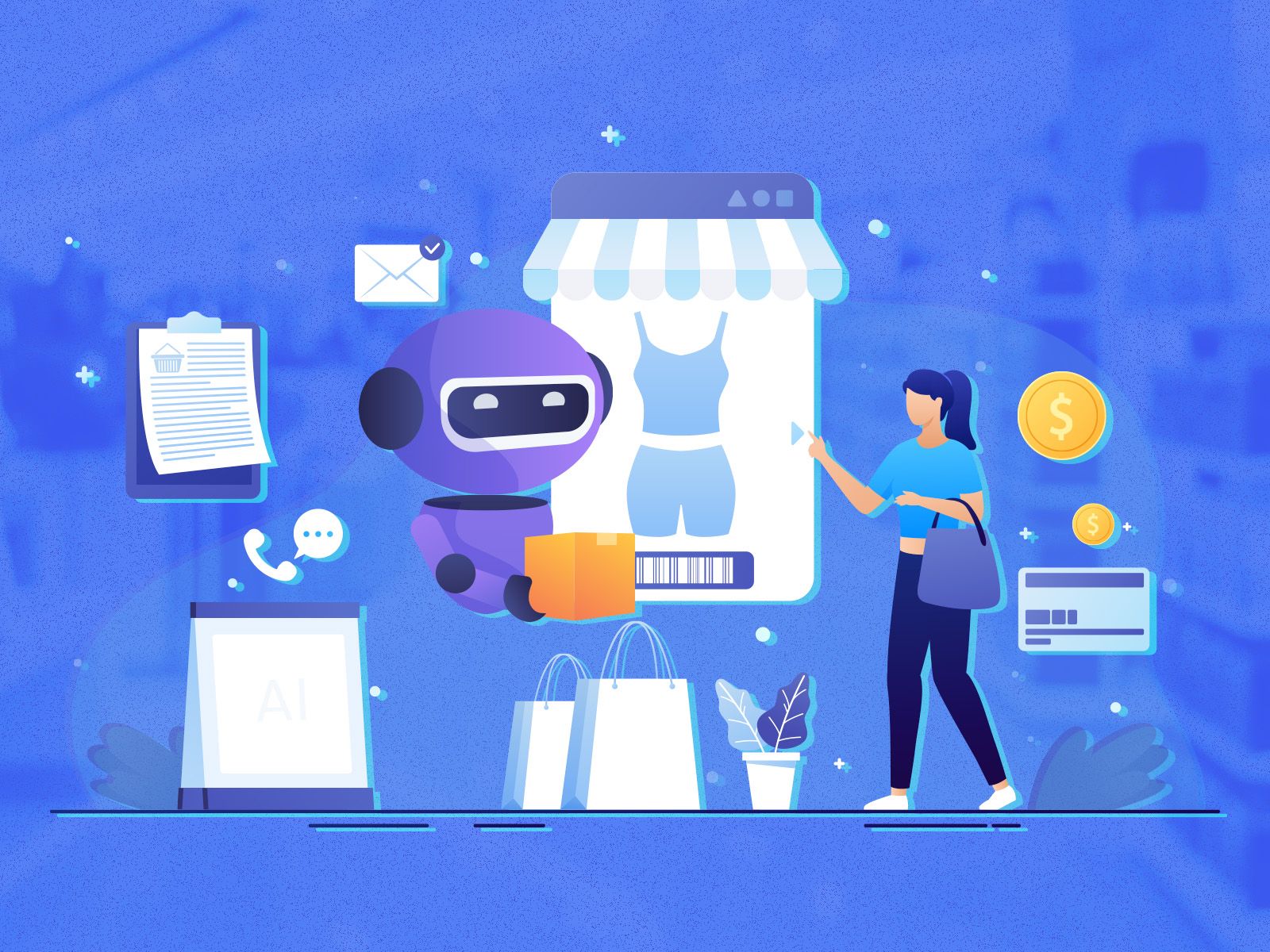Prioritizing the Human Element in AI: Training a Virtual Employee

Illustration: © AI For All
As the generative AI landscape continues to evolve, organizations worldwide are increasingly expanding their investment in this technology. With over 40% of companies signaling a surge in AI investment, triggered by the advancements in the technology, the excitement within the sector is palpable.
However, it's essential to recognize that despite this enthusiasm, generative AI remains in its infancy and there is a significant knowledge gap to be bridged in order to translate theoretical concepts into actionable impacts throughout the business world.
As awareness of the power and utility of generative AI has grown, a pervasive theme has surfaced: the daunting nature of its practical adoption. Many individuals find themselves overwhelmed, not just by the vast array of available options but also by the crucial decisions regarding the effective, responsible integration of AI into their organizational structures.
This uncertainty, combined with a sense of apprehension fueled by discussions around AI potentially displacing human jobs—a concern for nearly 38% of workers according to a recent survey by The American Psychological Association’s 2023 Work in America — creates a climate of indecision, often referred to as 'paralysis by analysis.' Leaders are thus faced with the challenge of identifying the most effective path forward.
Bridging Knowledge Gaps and Breaking Down Uncertainty
In addressing these concerns, it's clear that a core issue lies in the expectations placed on individuals to utilize AI technology without adequate know-how. This gap in understanding and expertise leads to frustration and burnout, underscoring the urgency for comprehensive education on generative AI and its societal impacts, as well as the central role human interaction plays in harnessing its full potential. Not sure of how to begin? Next we’ll delve into some essential tips to maximize your use of AI and minimize the fear, frustration, and uncertainty.
First off, It's crucial to acknowledge AI’s limitations and imperfections. Instances where AI generates inaccurate results or experiences 'hallucinations' highlight the necessity for ongoing adaptation and improvement, as well as ensuring data and other inputs are accurate. This need becomes particularly acute in customer service, where genuine empathy cannot be programmed but must be nurtured, reflecting the complex nature of human interactions.
This brings us to the pivotal challenge of bridging the skills gap. The escalating demand for AI solutions has propelled companies towards rapid, albeit often superficial, implementations. Such an approach, while providing immediate relief, potentially overlooks the depth and breadth of benefits that AI can offer when aligned with strategic business objectives. It's a stark reminder that the tool should not lead the strategy but rather serve it.
Charting the Path Forward
The question then arises: where do we begin with AI adoption? It's not merely a question of 'if' but 'when' and 'how.' Successfully integrating disruptive technologies like AI requires a nuanced approach, consistently and over time to balance the timing and methodology of implementation. This involves seeking insights from third-party experts who can offer fresh perspectives and specialized knowledge to inform and define an organization’s initiatives.
In a rapidly evolving regulatory landscape, external experts can provide guidance to ensure compliance with best practices and legislative developments. Internally, cultivating a diverse AI team within the organization can enhance decision-making and innovation, moving beyond reliance on a single individual and fostering a collective intelligence that's well-equipped to tackle emerging challenges.
A comprehensive approach to AI adoption also requires the creation of standardized practices, ethical frameworks, and ongoing training to align everyone with the organization’s AI vision. This strategic alignment is essential, yet it's equally important not to lose sight of the human element—the synergy between humans and AI.
In conclusion, while it may seem that AI threatens to eclipse the human touch, the reality is far from it. The effectiveness of AI is inherently tied to the human intellect and the governance and accuracy of the data that power it. Therefore, prioritizing education, fostering data literacy, and reevaluating the evolving role of humans remain paramount in ensuring that AI serves as a complement, not a replacement, to human capabilities.
AI Assistants
AI for Business
Enterprise AI
Author
Omilia is a global conversational AI solution and a provider of automatic speech recognition solutions to companies across sectors in North America, Canada, and Europe. For over 20 years, their growing global footprint and innovative approach have helped industries, such as financial services, food service, insurance, retail, utilities, and travel and hospitality, with a large volume of customer service interactions become smarter, quicker, and better at serving and responding to their customers.
Author
Omilia is a global conversational AI solution and a provider of automatic speech recognition solutions to companies across sectors in North America, Canada, and Europe. For over 20 years, their growing global footprint and innovative approach have helped industries, such as financial services, food service, insurance, retail, utilities, and travel and hospitality, with a large volume of customer service interactions become smarter, quicker, and better at serving and responding to their customers.









